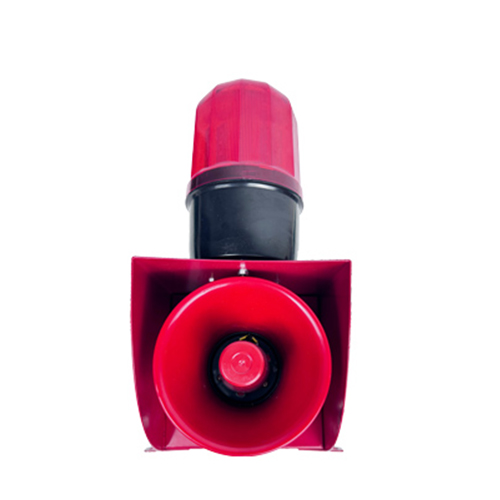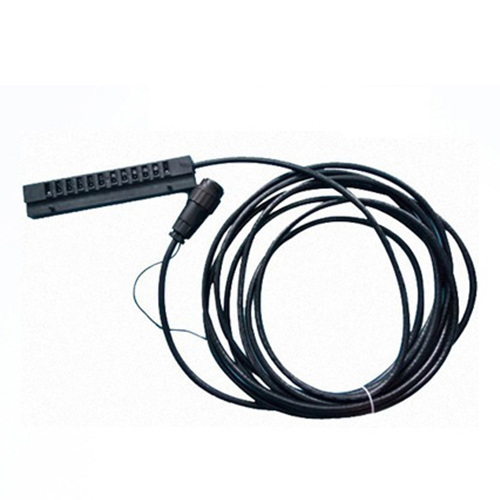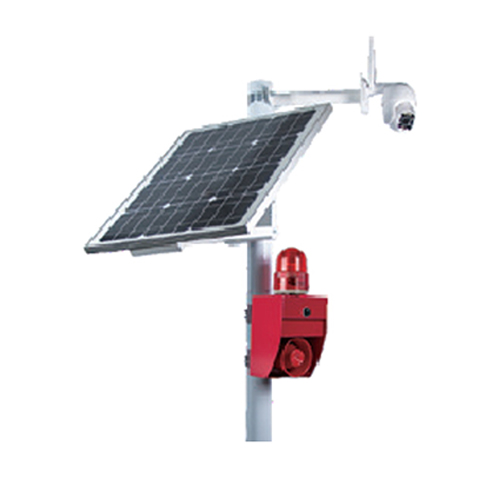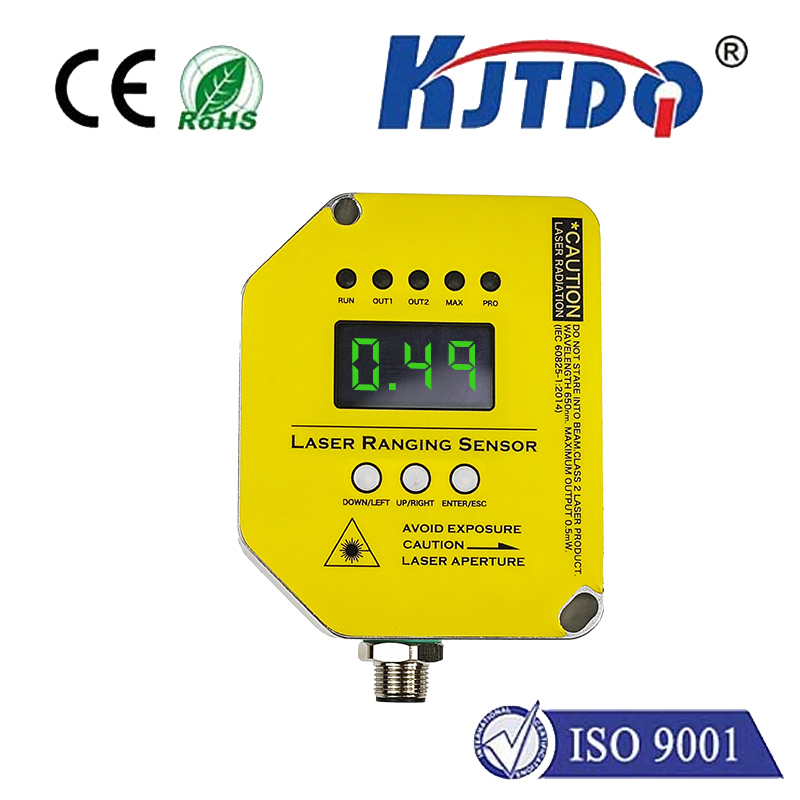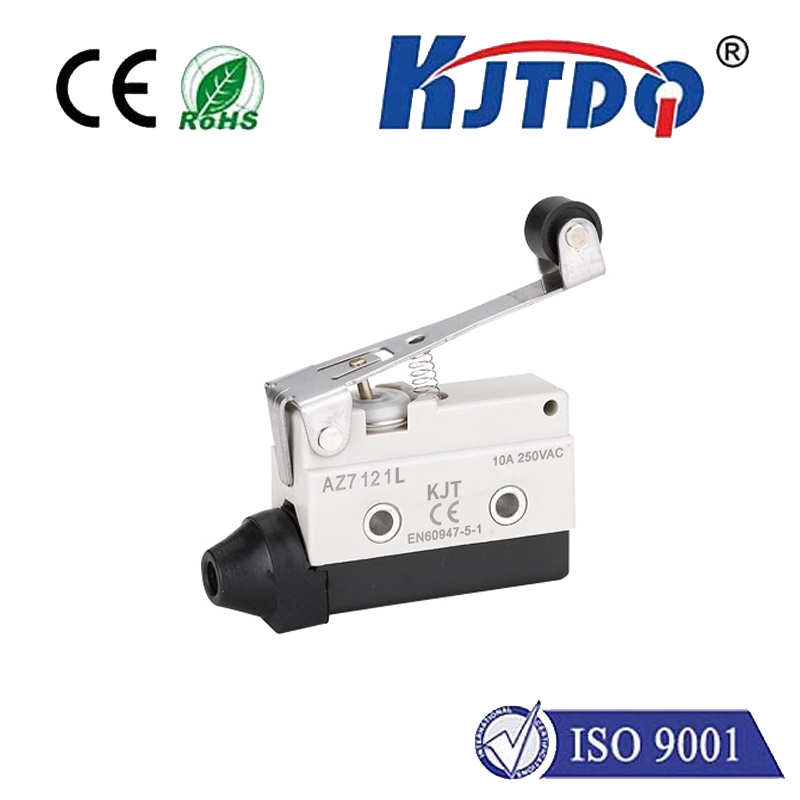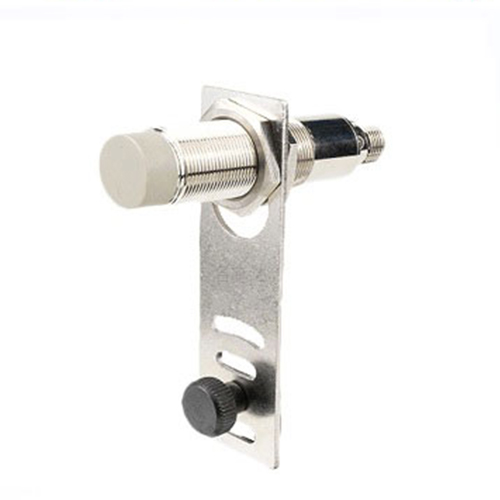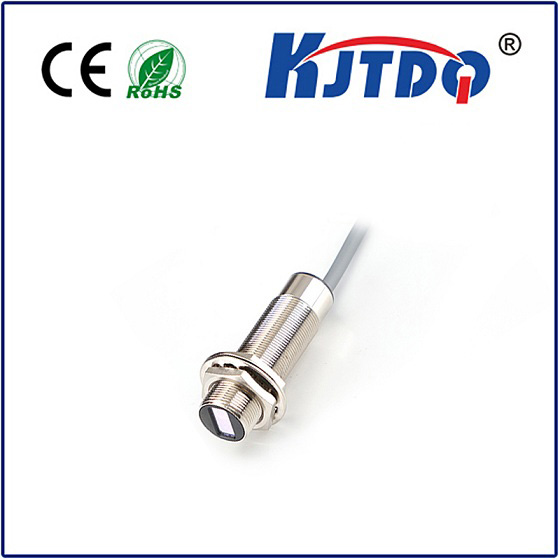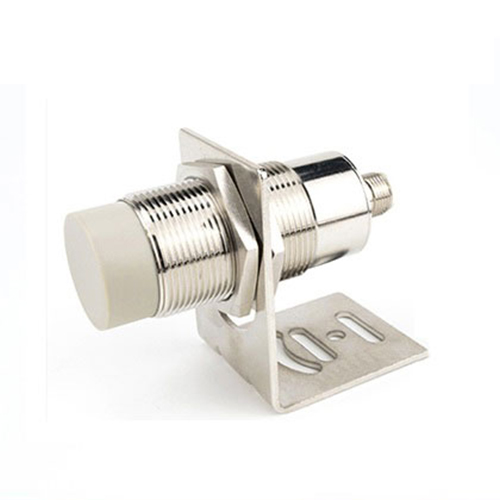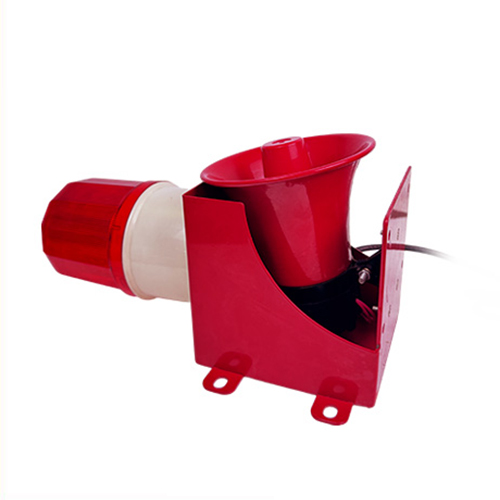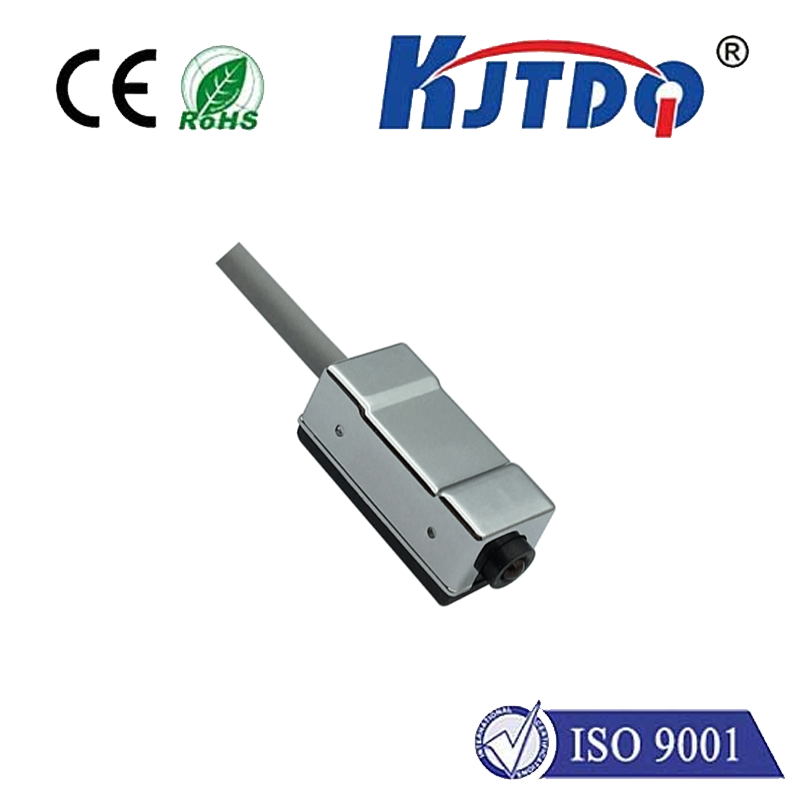BES01JC high pressure proximity sensor
- time:2025-10-13 16:02:45
- Click:0
BES01JC High Pressure Proximity Sensor: Mastering Detection in Extreme Environments
Imagine a critical industrial process deep within an oil rig, the heart of a high-pressure hydraulic system, or even within the demanding confines of advanced manufacturing equipment. Reliable, precise detection of metallic components is paramount for safety, efficiency, and process control. Yet, standard proximity sensors buckle under the relentless force exerted by these high-pressure environments. This is precisely where the specialized engineering of the BES01JC High Pressure Proximity Sensor becomes indispensable. Designed not just to survive, but to excel where others falter, this sensor unlocks robust sensing capabilities in settings where pressure is a constant, formidable challenge.
The Unseen Challenge: Pressure and Proximity Sensing
Standard inductive proximity sensors are workhorses in automation, detecting metallic objects without physical contact. However, their Achilles’ heel often lies in their vulnerability to environmental pressure. In applications exceeding atmospheric pressure significantly – think deep-sea equipment, hydraulic presses, pressure vessels, or chemical processing plants – conventional sensors face critical issues:
- Seal Failure: Pressure differentials can compromise the integrity of sensor seals, leading to leaks. This is catastrophic, potentially allowing process media (like oil, coolants, or chemicals) to infiltrate the sensor housing, causing corrosion, short circuits, and ultimately, sensor failure.
- Housing Deformation: Highly pressurized fluids or gases exert immense force. Standard sensor housings, typically made of materials like PBT plastic or thinner brass, can deform or even rupture under sustained high pressure, physically damaging the internal electronic components.
- Erratic Sensing Performance: Even if catastrophic failure doesn’t occur immediately, pressure fluctuations can cause minute shifts in the sensor’s active face or internal components, leading to inconsistent detection ranges or false triggering.
- Component Stress: Internal electronic components and their connections are subjected to stress under high pressure, potentially accelerating wear and reducing long-term reliability.
The BES01JC: Engineered Fortitude for High-Pressure Duty

The BES01JC distinguishes itself by being specifically engineered to overcome these inherent limitations. Its design philosophy focuses on robustness and unwavering reliability under sustained, significant pressure loads:
- Robust, Pressure-Rated Housing: At its core is a mechanically sturdy housing, often constructed from thick-walled, high-grade stainless steel (like V4A / AISI 316L). This material choice provides exceptional resistance to corrosion from aggressive media and, crucially, the structural integrity to withstand internal or external high pressure without deformation. Its design inherently incorporates pressure containment capabilities.
- Premium Sealing Technology: Achieving a pressure-tight seal is non-negotiable. The BES01JC utilizes advanced sealing solutions, such as multiple, high-performance O-rings (e.g., Viton, NBR, or FKM compounds known for resilience) and meticulously designed sealing geometries. This multi-barrier approach prevents ingress of process fluids or gases even under intense pressure cycling.
- Optimized Sensing Face: The active sensing face is reinforced and designed to minimize any potential flexing under pressure, ensuring consistent detection characteristics and distance stability.
- Ruggedized Internal Construction: Internal electronics are securely mounted and often potted or encapsulated using specialized compounds. This dampens vibrations that could occur under pressure surges and protects sensitive components from any potential micro-movements or environmental factors, further enhancing longevity.
Verification and Trust: Meeting Pressure Standards
Manufacturers of sensors like the BES01JC subject them to rigorous testing to verify their pressure handling claims. Specifications typically include critical ratings:
- Pressure Resistance (PR): This denotes the static pressure the sensor can withstand continuously without failure or leakage. The BES01JC is often rated for pressures significantly exceeding 100 bar (1450 psi), and specific variants can reach much higher ratings (e.g., 400 bar / 5800 psi or more), tailored to specific application needs.
- Proof Pressure (PP): This is a higher pressure (often 1.5x PR) applied during testing to validate the safety margin and structural integrity of the housing and seals without causing permanent deformation.
- Burst Pressure (BP): Represents the ultimate pressure limit at which the housing or seals are expected to fail. This is usually substantially higher than the PR rating. Knowing these ratings allows engineers to select the right sensor with confidence, ensuring it operates safely within the specified pressure window of their application.
Where the BES01JC Proves Its Mettle: Key Applications
The high pressure proximity sensor BES01JC finds its essential role in numerous demanding sectors:
- Hydraulics & Pneumatics: Monitoring piston position within high-pressure cylinders, detecting end-of-stroke in presses, verifying valve spool position, and ensuring tool clamping status in hydraulic power units. Accurate position feedback is critical here for cycle control and safety.
- Oil & Gas (Upstream & Downstream): Position sensing on subsea equipment, Christmas trees, blowout preventers (BOPs), within pressure vessels, and on high-pressure pumps and valves operating under extreme wellbore pressures.
- Chemical & Petrochemical Processing: Detecting components within reactors operating under pressure, monitoring agitator position, confirming valve actuator states, and ensuring safety interlocks on pressurized lines handling hazardous materials.
- Heavy Machinery & Presses: Verifying mold closure, monitoring ram position, and detecting safety guards in high-tonnage forging presses, injection molding machines, and die-casting equipment where hydraulic pressure is immense.
- Test Benches & Pressure Systems: Providing reliable position feedback and component detection within high-pressure test rigs used for validating other equipment like valves, pipes, and accumulators.
- Marine & Offshore: Used in winches, thrusters, stabilizer systems, and other equipment exposed to deep-sea pressures or demanding hydraulic systems on vessels.
Beyond Pressure: Core Features of the BES01JC
While pressure handling is its defining superpower, the BES01JC incorporates all the hallmarks of a high-performance inductive proximity sensor:
- Inductive Principle: Reliable, wear-free detection of ferrous (iron, steel) and non-ferrous (aluminum, brass, copper) metals.
- Standard Switching Distances: Available in common ranges (e.g., 4mm, 8mm) suitable for typical position detection tasks in confined spaces.
- Flush or Non-Flush Mounting: Offers flexibility for different installation requirements.
- Electrical Options: Typically available with NPN or PNP output transistors (NO or NC configurations) and various connection types (cable, M12 connector) to integrate seamlessly into control systems.
- IP Ratings: High Ingress Protection ratings (e.g., IP67, IP68, IP69K) are common, ensuring resilience not just against pressure, but also against dust and water jets/immersion.
- Temperature Resilience: Designed to operate reliably across extended industrial temperature ranges.
Selecting the Right Tool: Why BES01JC Matters
Choosing a proximity sensor for a high-pressure application isn’t a place for compromise. Utilizing a standard sensor is an invitation to premature failure, costly downtime, potential safety hazards, and unreliable process control. The BES01JC High Pressure Proximity Sensor represents a dedicated solution engineered from the ground up for these punishing conditions. Its sturdy stainless-steel construction, advanced multi-stage sealing, and pressure-tested design provide the essential peace of mind that detection will remain consistent, safe, and reliable, even when the environmental pressure reaches demanding levels. For engineers designing systems operating beyond atmospheric norms, specifying the BES01JC is a critical step in ensuring long-term operational integrity and maximizing uptime.






